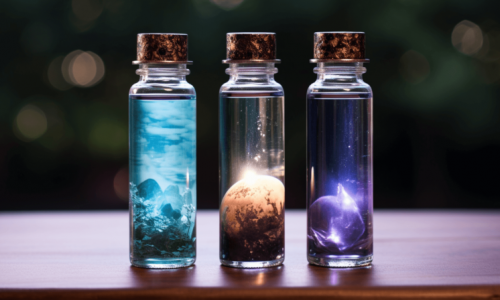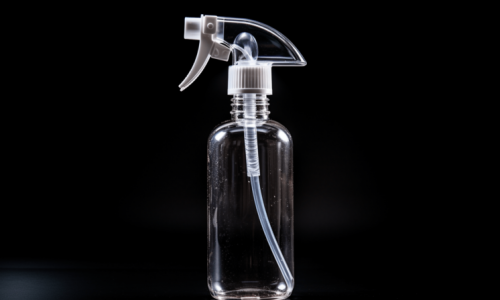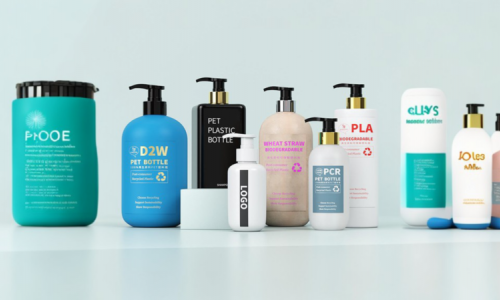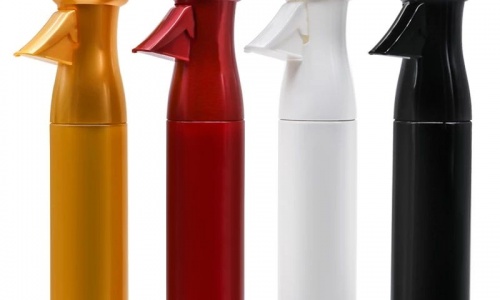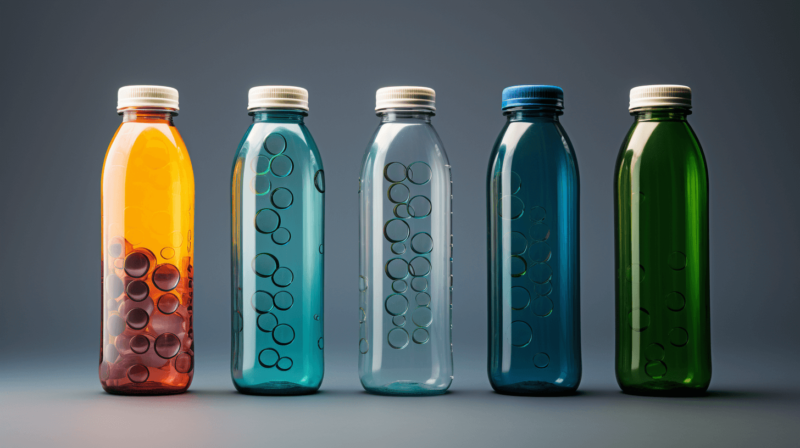
Plastic bottles have become ubiquitous across the globe, with over 480 billion produced annually. The manufacturing process allows for mass production of plastic bottles in all shapes and sizes for an array of industries. This in-depth guide will walk through how common plastic bottles are made using various techniques and forms of blow molding.
PET Plastic Bottle Production
Polyethylene Terephthalate (PET) is the plastic used for most single-use beverage bottles. It starts as plastic pellets made from petroleum hydrocarbons through polymerization and chemical linking of ethylene glycol and terephthalic acid monomers. These PET pellets are fed into injection molding machines where they are melted at 500°F into a liquid state. The PET is then injected at pressures exceeding 5,000 psi into multi-cavity steel molds to form “preforms.” These preforms are test tube-shaped pieces of PET plastic with finished neck and cap threads.
Next, the preforms move to a separate stretch blow molding machine. They are heated to 190-250°F to soften the PET and loaded into molds. A rod extends into the neck and stretches the preform up to the height of the mold as high-pressure air blows inside, inflating it into the shape of the bottle mold’s walls. This bi-axial stretching and blowing creates a thin, evenly distributed wall thickness and strength ideal for carbonated beverage containment. The mold then cools rapidly with water or air to set the PET plastic. Finally, any excess plastic is trimmed off and the finished bottles are ejected.
Advancements In Manufacturing Processes
Extrusion blow molding streamlines PET bottle production by continuously extruding the hot PET plastic into a vertically hanging parison inside a mold. Material distribution is controlled by adjusting the extrusion die size as the parison sags. The two mold halves then close around the parison and it is blown into a bottle using compressed air.
Reciprocating blow molding utilizes a screw-type plunger toinject PET into a parison mold then blow mold it. This method dominated the mass production of HDPE gallon milk jugs in the latter half of the 20th century. Today, injection stretch blow molding produces over 80% of PET bottles from 8 oz to 2-liter sizes.
Creating Bottles From PE, PP, And PC
In addition to PET, polyethylene (PE), polypropylene (PP), and polycarbonate (PC) are commonly used for plastic bottles. PE comes in high-density (HDPE) and low-density (LDPE) versions optimal for milk jugs and squeezable bottles respectively. Polypropylene can be made transparent for applications like pill bottles and is highly recyclable. Finally, clear, tough polycarbonate is ideal for reusable bottles despite its higher cost.
These materials go through melting, injection molding, extrusion or stretch blow molding, and mold cooling processes similar to PET bottles. Plastic bottle manufacturers continuously innovate new formulations, production systems, and recycling solutions to improve sustainability and meet market demands.
Contact Us For Eco-Friendly Plastic Bottle Solutions
At Afshan, we provide the latest eco-friendly and sustainable plastic materials for bottle production. Our team stays ahead of industry innovations and can recommend greener PET, PE, and PP blends plus bio-based polymers to meet your brand’s needs. Reach out today to discuss transitioning your plastic bottle manufacturing to more ecologically sound options.


